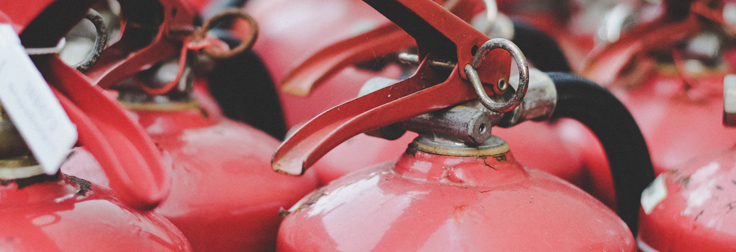

BS5306 stipulates that a fire extinguisher should be serviced once each year by a certified expert. It is also advised to make a point each week to examine that all extinguishers are located where they need to be and that there’s no evidence of damage to any of the units.
There are 2 primary types of fire extinguisher stored pressure fire extinguisher and cartridge operated fire extinguishers.
Different manufacturers will have their own specific guidelines when it comes to maintenance. Generally, most fire extinguisher services usually include the following checks:
There are additional checks required for cartridge type fire extinguishers, consisting of:
All extinguishers should be labelled on every service to show when the service was completed.
If you have a water, foam, powder or chemical extinguisher, after that every 5 years the fire extinguisher will require an extended servicing which includes:
Extinguishers should be condemned if it is deemed unfit for use by the service technician. Rust, loss of contents, loss of pressure, change of legislation or any suspicion that it may not work properly will lead to the extinguisher being taken out of service. This would need to be replaced.
Extinguishers should also be replaced when the guarantee has run out. Most companies offer a 5 or 10 year guarantee.
Certification:
Any BAFE accredited company will provide a detailed certificate outlining the service provided. If the business owner fails to take the advice of the service technician it is marked on the certificate following legislation. This may affect insurance.
